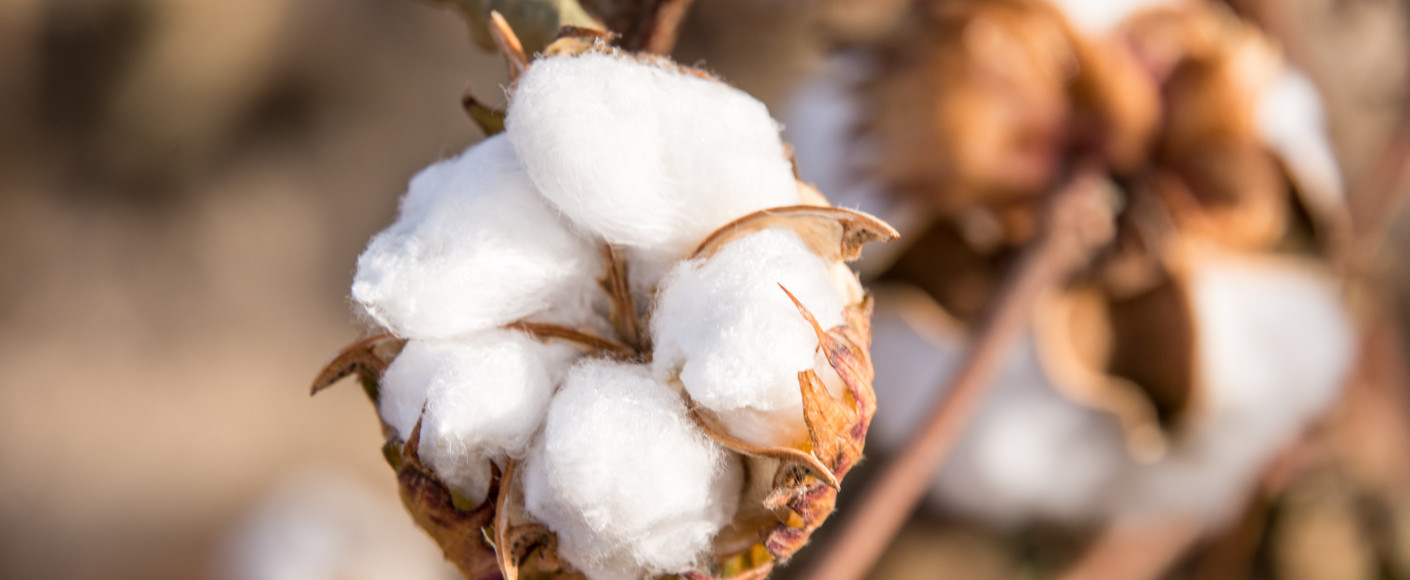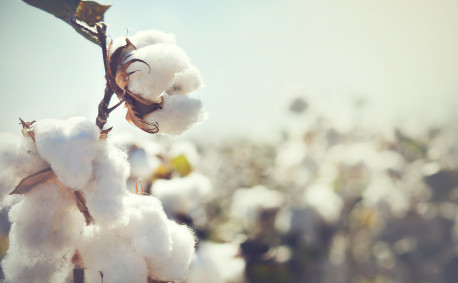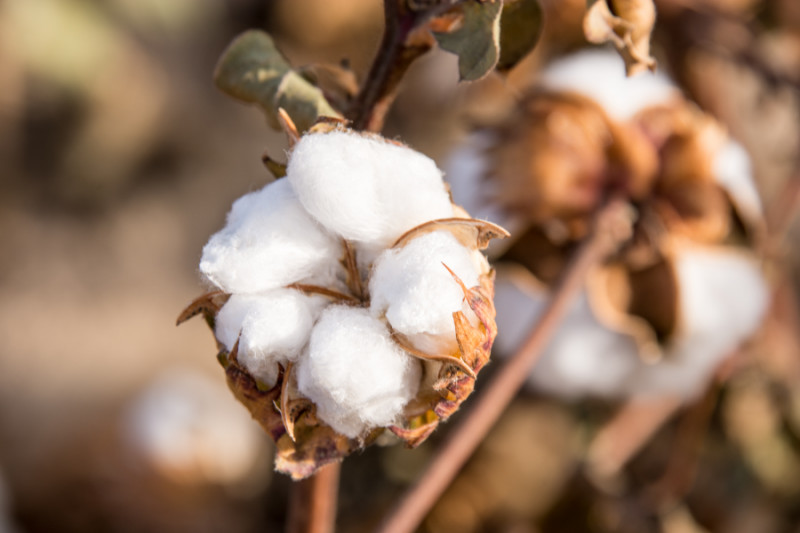Cotton Ginning in Kansas
You might remember the name Eli Whitney from grade school. He invented the cotton gin in the late 1790s. A lot has changed since then — paved roads, electricity, the internet — but the basic principle of cotton gins remains the same. They remove seeds and other debris to prepare cotton for use in clothes and other items.
“It’s an old idea and we’re refining it all the time,” said Rex Friesen, Ph.D., Southern Kansas Cotton Growers Cooperative, Inc.
Rex consults with farmers around Kansas, teaching them about diversifying their farms with cotton. Although cotton can trace its roots in Kansas back to the late 1800s, it’s been a relatively small crop here. Until recently. Cotton is rapidly gaining popularity, and as farmers grow more, they need a place to process it.
Enter the cotton gin.
“You can’t sell cotton as it’s grown. A cotton gin is basically a processing plant,” Rex said. “A lot of people have never been inside one. They don’t know much about what happens at a cotton gin.”
Gins process and clean the cotton — separating seeds, leaves and other debris — from the high-quality lint. While Eli Whitney’s gin could process 50 pounds of cotton a day — a huge improvement on hand-separating the seeds, which was done before his invention — today’s cotton gins can process more than 250,000 pounds of cotton in a day.
Kansas is home to four large cotton gins.
“Each gin has its own capacity. When we’re running well, we can produce more than 225 finished bales of cotton in an hour here in Kansas. Each bale weighs 480 pounds,” Rex said.
During “ginning season,” when cotton harvests are coming in, the gins run 24/7. After the cotton is cleaned and baled, samples are taken from each bale for quality testing. Testing is conducted in Texas by the United States Department of Agriculture (USDA). The USDA grades the cotton fibers on many factors:
- How white it is
- How long it is
- How strong it is
- How uniform it is
- How fine/dense it is (This measurement is called micronaire.)
- How clean it is (The better the ginning, the fewer foreign materials contaminating the cotton.)
Once the USDA grades each sample, the corresponding bale can be sold. (After the cotton is ginned, the bales are sent to a warehouse for storage and sold from there.) The higher the grade, the better the price.
“Good, quality lint is bright white and has long, strong fibers. It is made into shirts, sheets, jeans, undergarments, socks and more” Rex said. “Most of the cotton grown in Kansas goes to produce denim.”
Cotton also creates several byproducts.
“The cotton seed that we separate, we sell that to dairies. It’s a high-protein, high-energy source for dairy cows and it boosts the butterfat in their milk, which makes better ice cream,” Rex said.
(We can all get behind that, right?)
The gins separate burs, which are sold as a filler for livestock feed and can be used for mulching and composting. Other byproducts include paper, currency and oil for cosmetics and cooking.
“None of it goes to waste,” Rex said. “All of the byproducts are sold. They all have use. They all have value.”
While you don’t need to remember this for a history test, it’s important to know all of this makes a big difference for Kansas farmers. Cotton, which thrives on good rainfall and a lot of heat, grows well here. It provides an opportunity for farmers to diversify their operations and even improve the health of their soil through crop rotation. You’ve heard of farm to fork. Kansas cotton just might get you thinking about farm to fashion!



